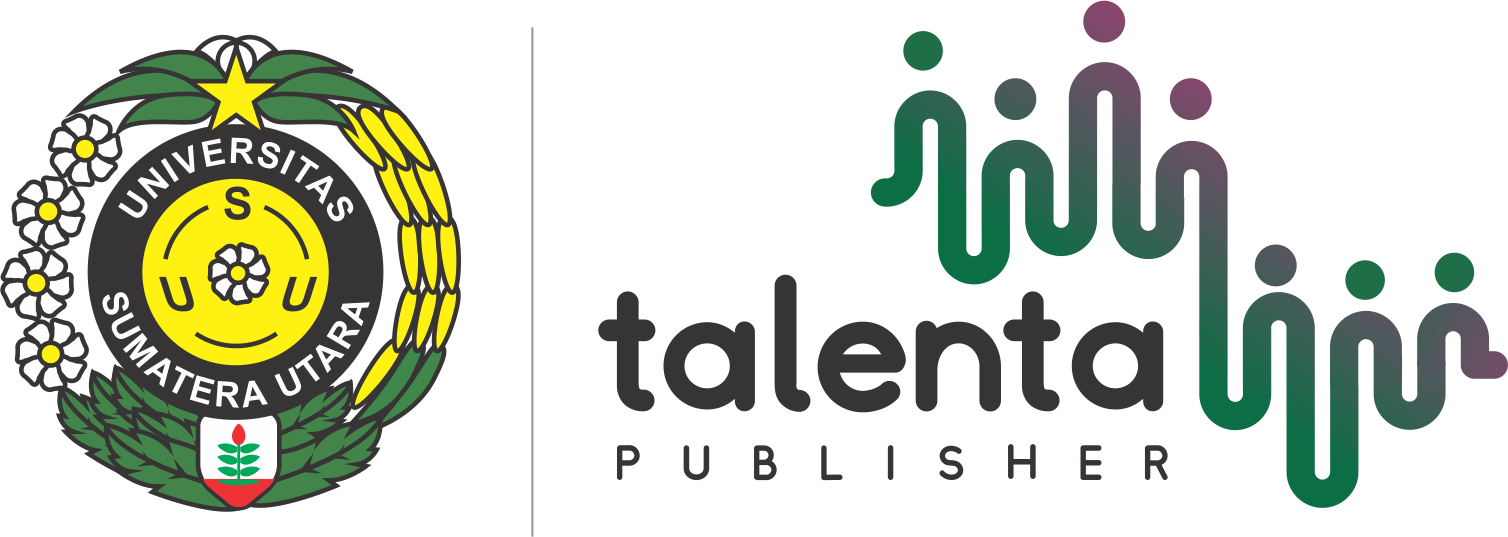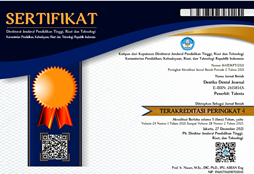Forensic Identification through Tongue Print in Bataknese Students
DOI:
https://doi.org/10.32734/dentika.v27i2.17395Keywords:
Tongue Print, Forensic Identification, Biometrics, Bataknese EthnicityAbstract
Tongue print is a novel forensic odontological concept and serves as a conventional biometric device providing basic information on a variety of unique shape and texture of tongue in each individual. Therefore, this research aimed to investigate the dominant pattern of tongue print based on the shape, lingual apex, fissures (location, depth, shape), and texture in Bataknese male and female students from Universitas Sumatera Utara. The experiment was carried out using descriptive-analytic method with a cross-sectional design. The samples were 30 Bataknese male and 30 female students from Universitas Sumatera Utara. Tongue samples obtained were printed by using alginates (irreversible hydrocolloid impression material), filled up with gips stone type IV, and the figure was taken with a digital camera. The data were analyzed based on Stefanescu classification descriptively, using percentage values and tabulation, followed by chi-square statistic test (x2). The results showed that there were variations in tongue print pattern among Bataknese males and females, but no significant difference was observed except for shape (p<0.05). The dominant pattern was square (U-shape), pointed tip of lingual apex, physiological texture, and absent fissure. These results suggested that tongue print pattern could be used for gender identification.
Downloads

Downloads
Published
How to Cite
Issue
Section
License
Copyright (c) 2024 Dentika: Dental Journal

This work is licensed under a Creative Commons Attribution-ShareAlike 4.0 International License.














